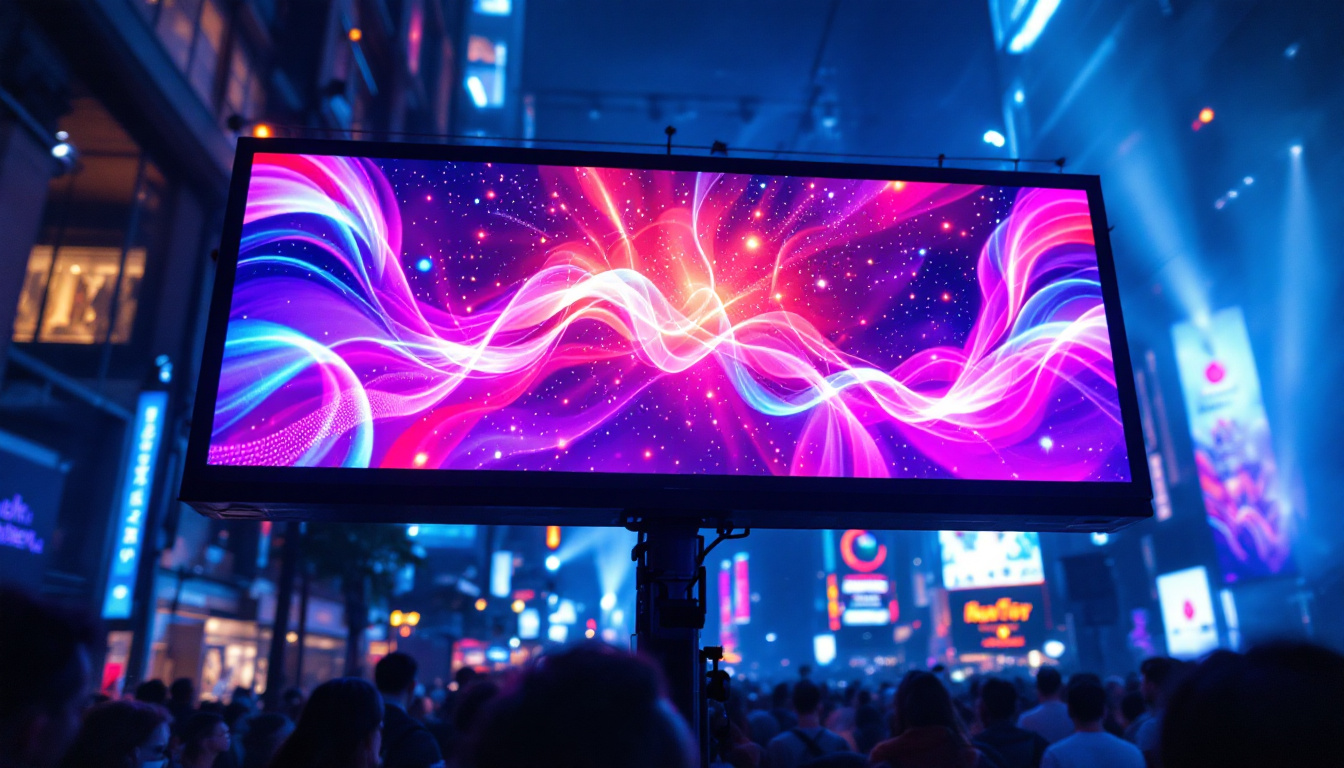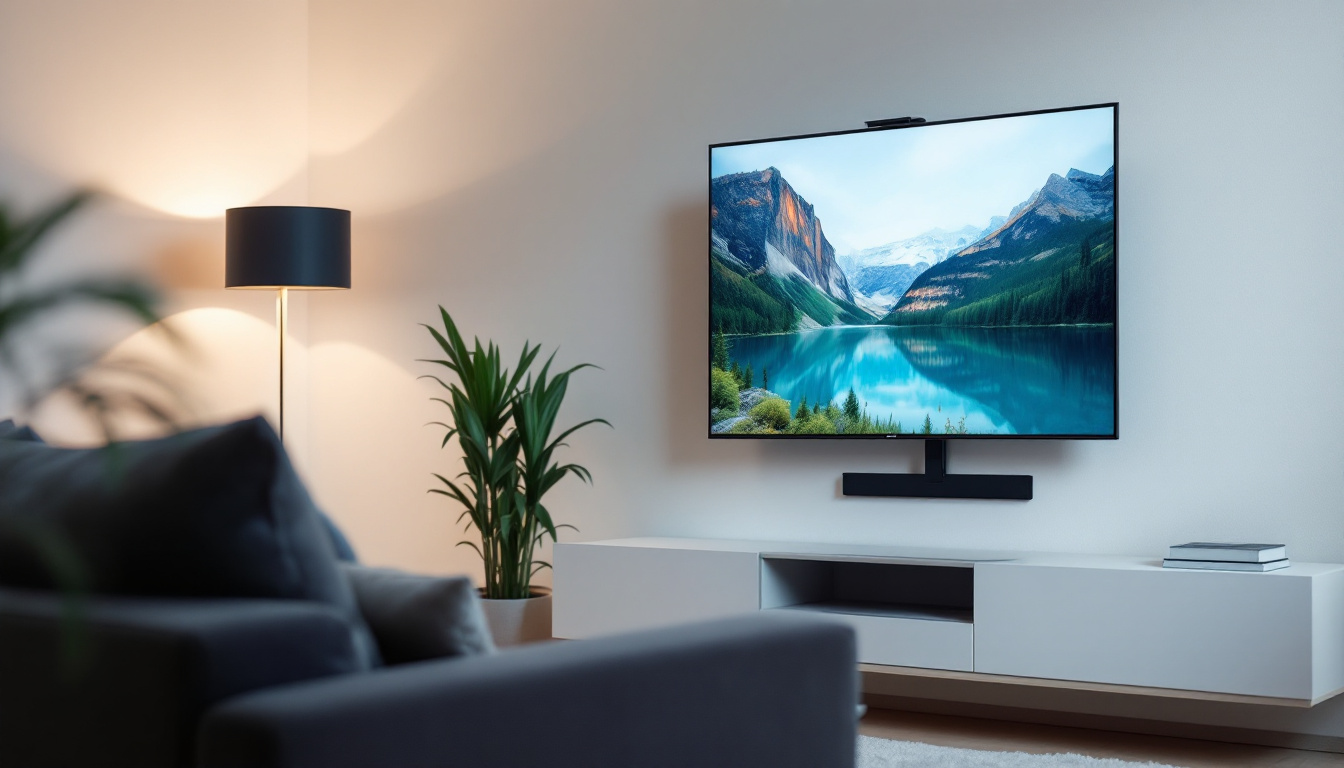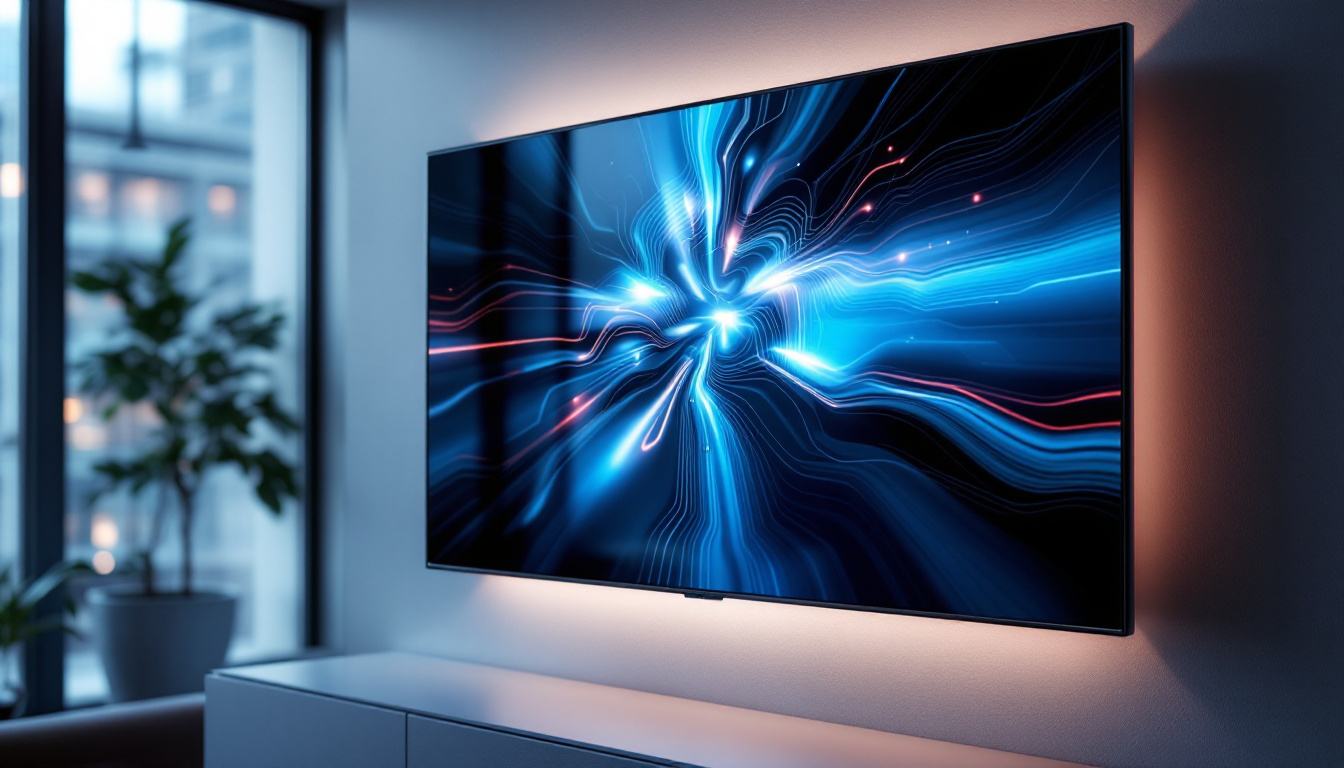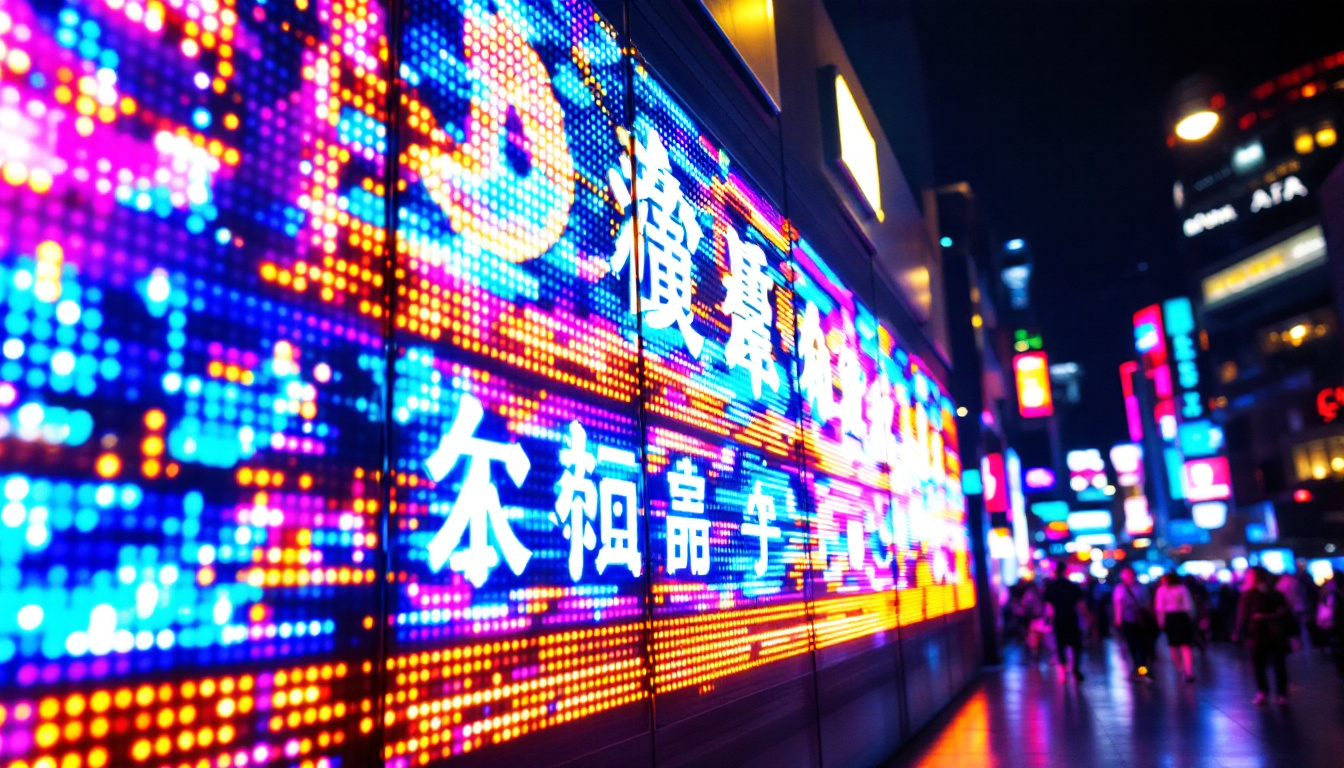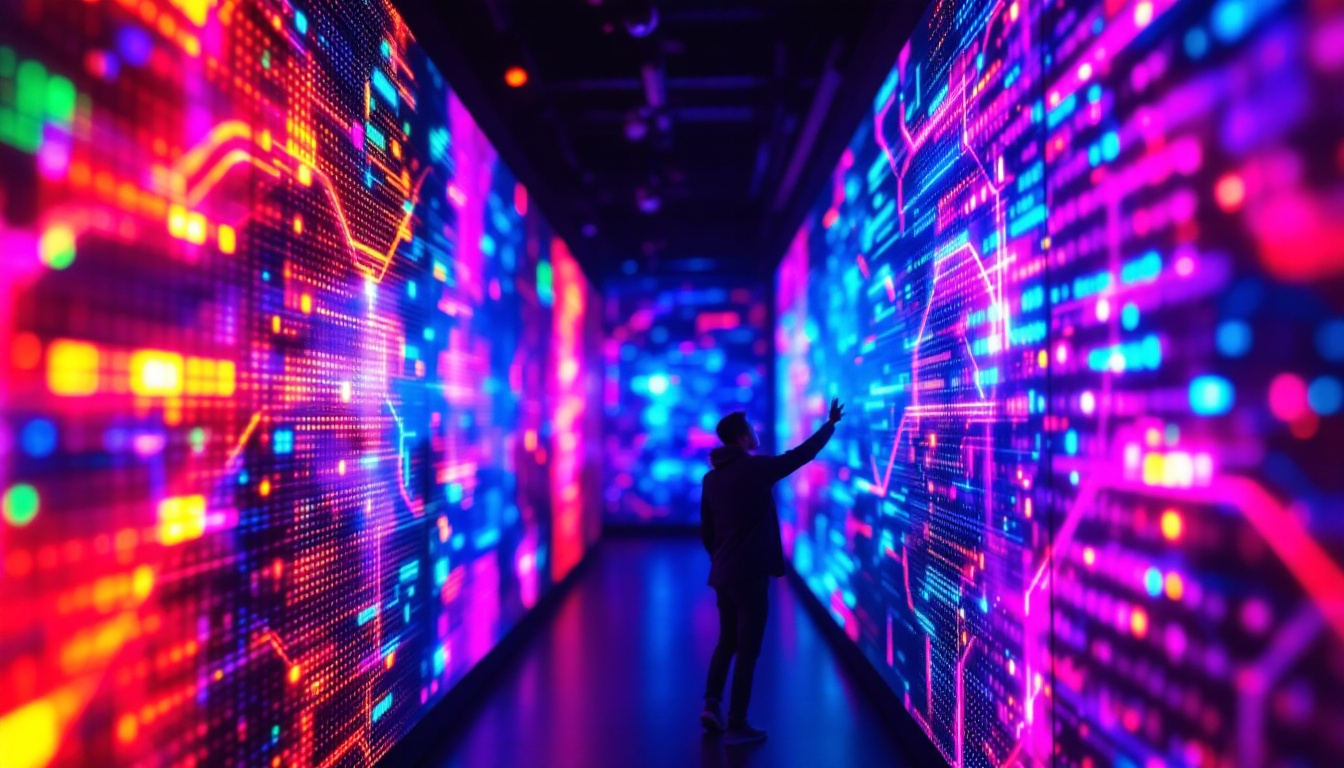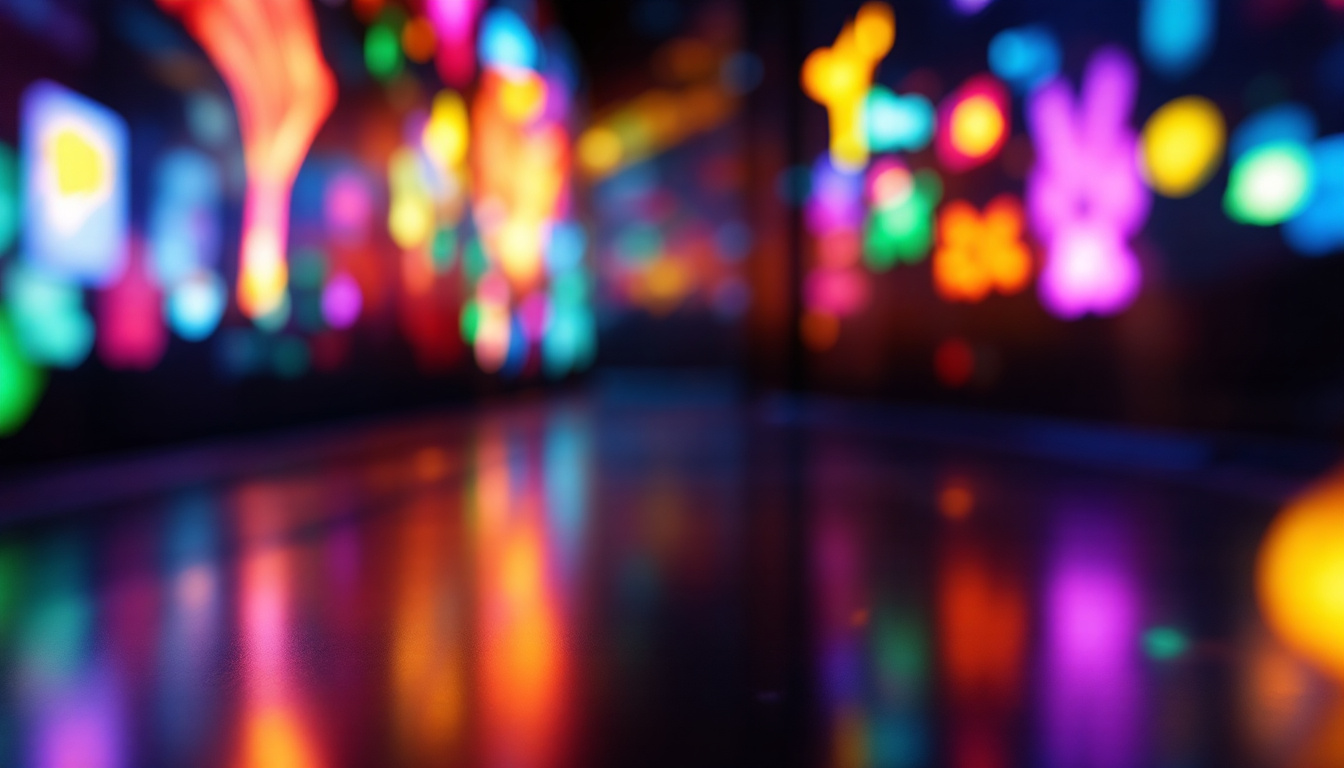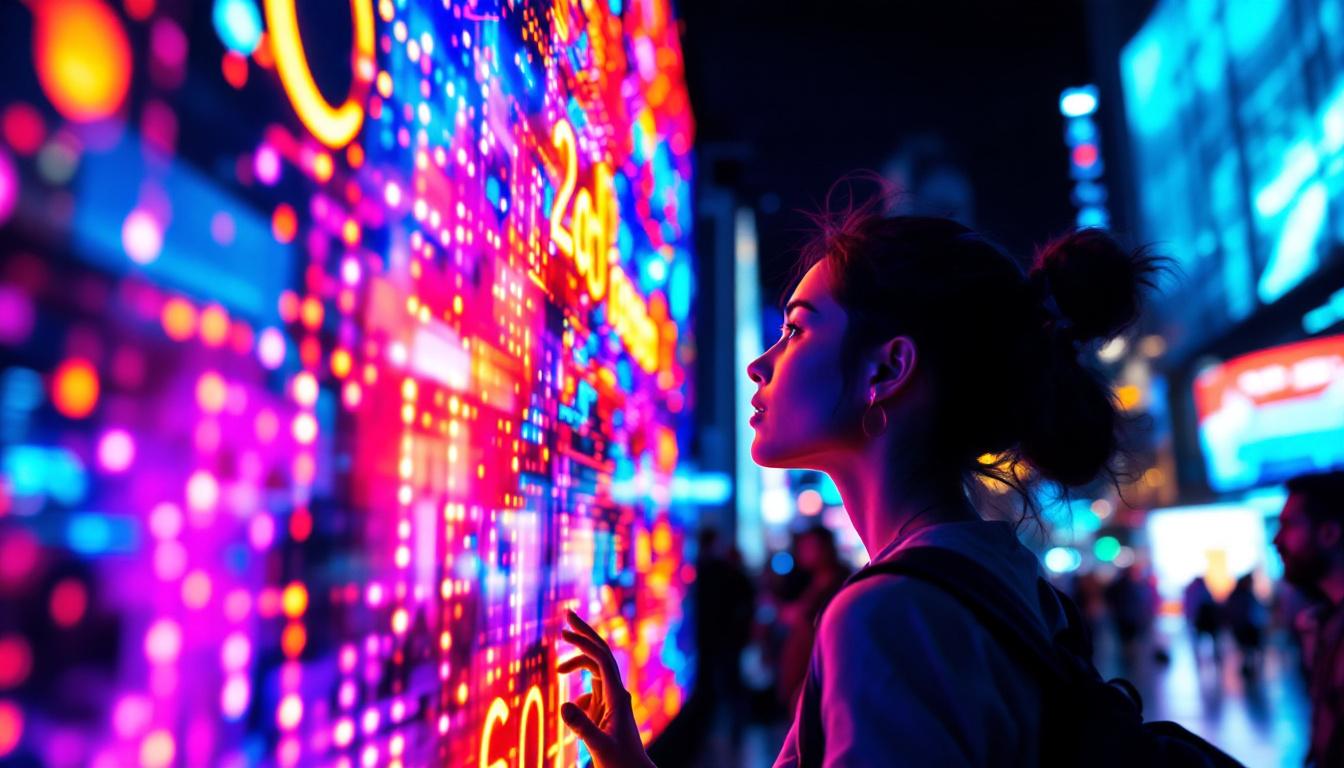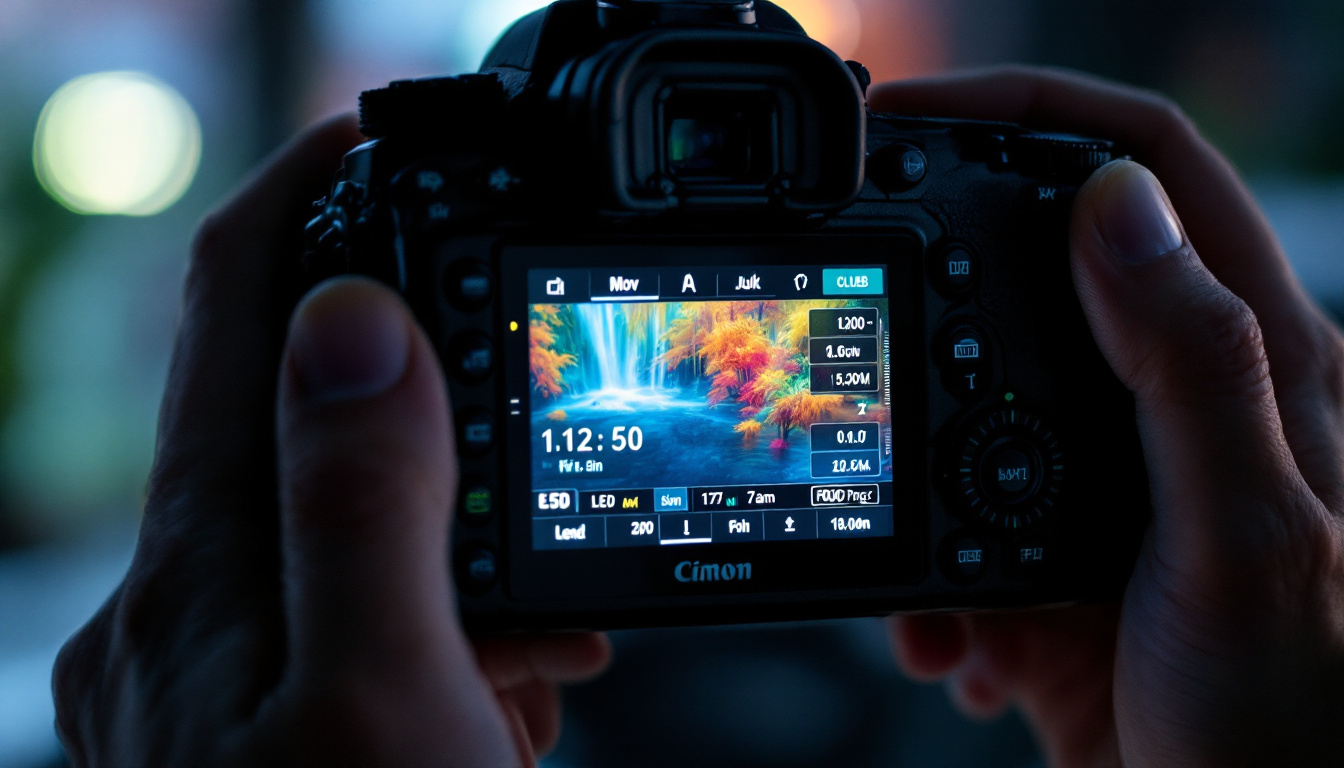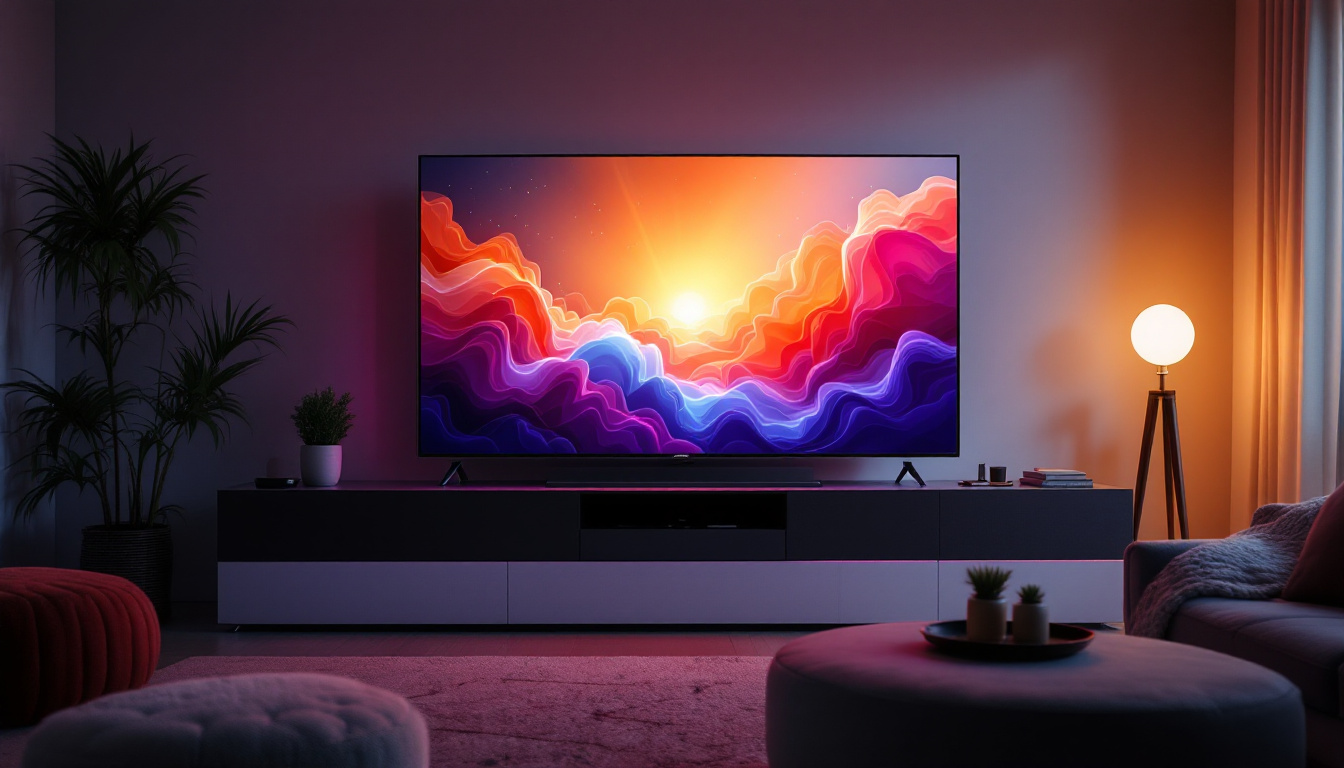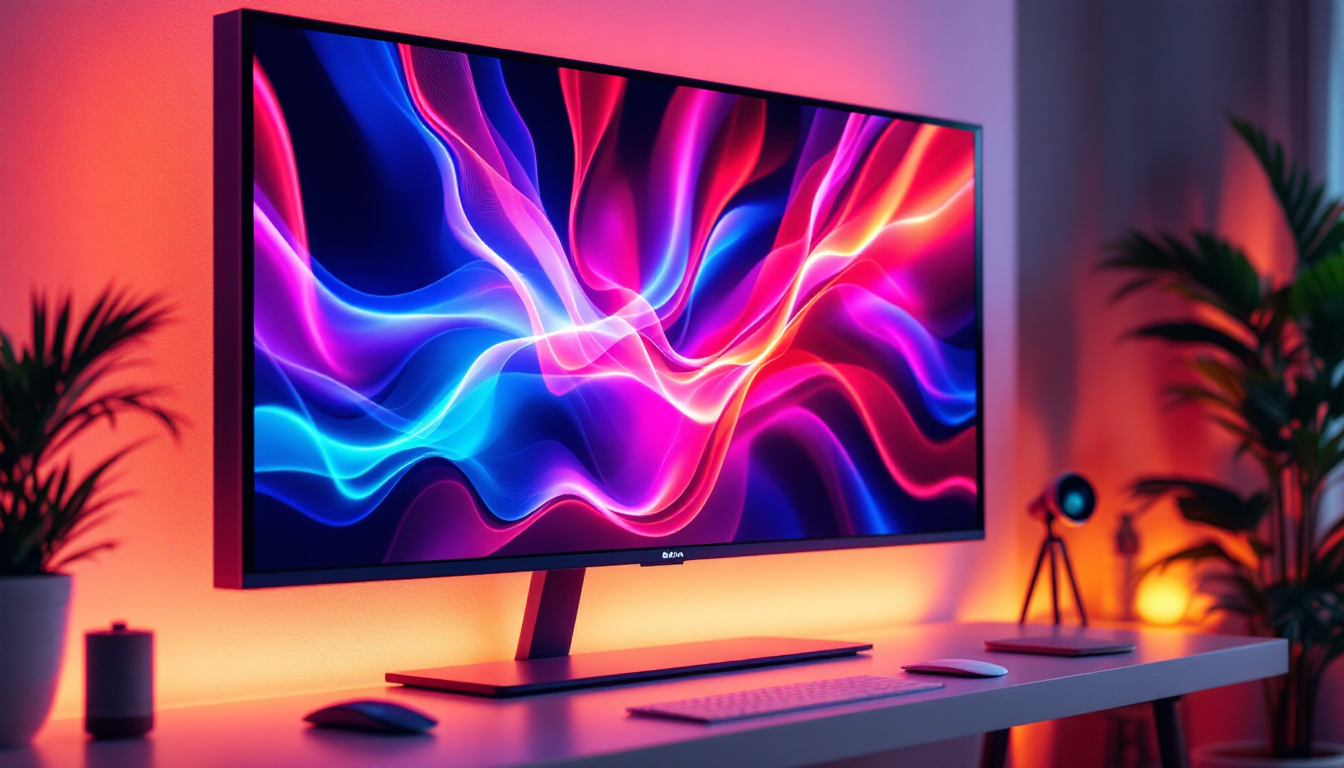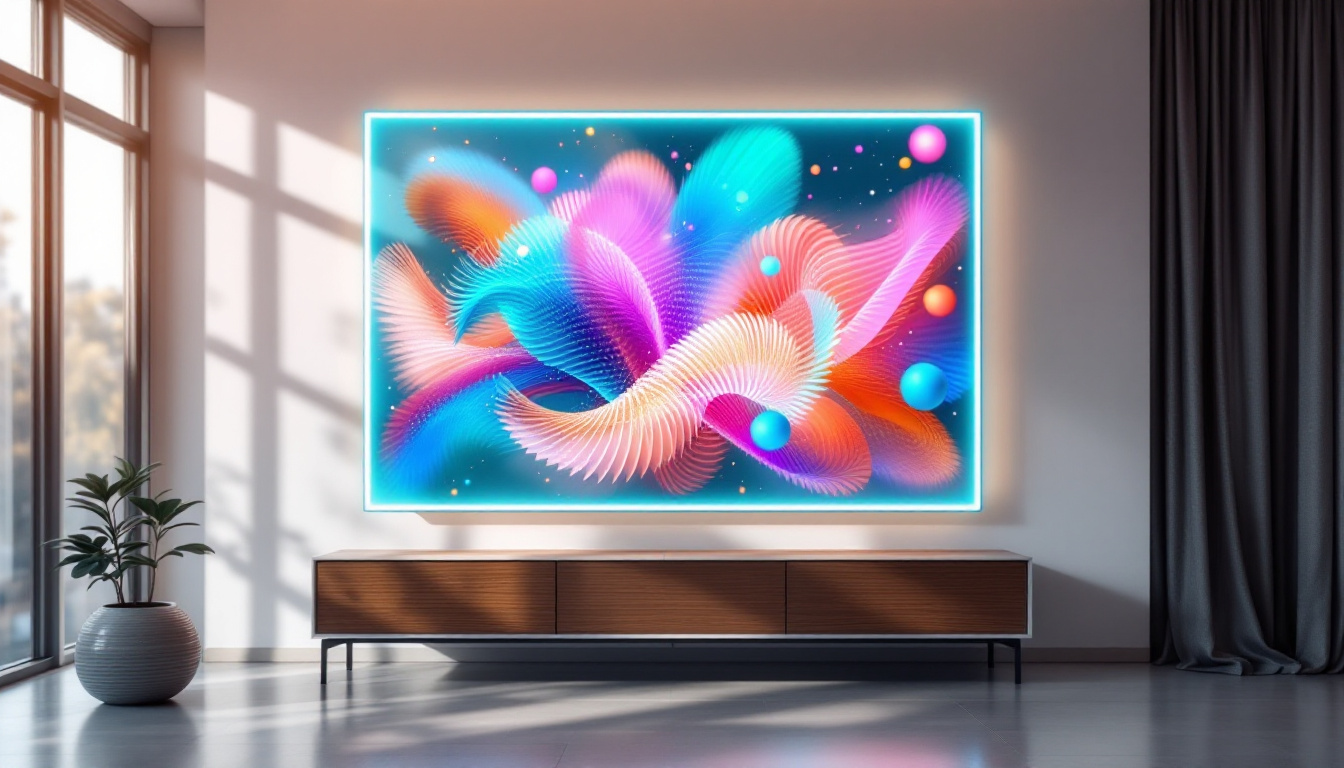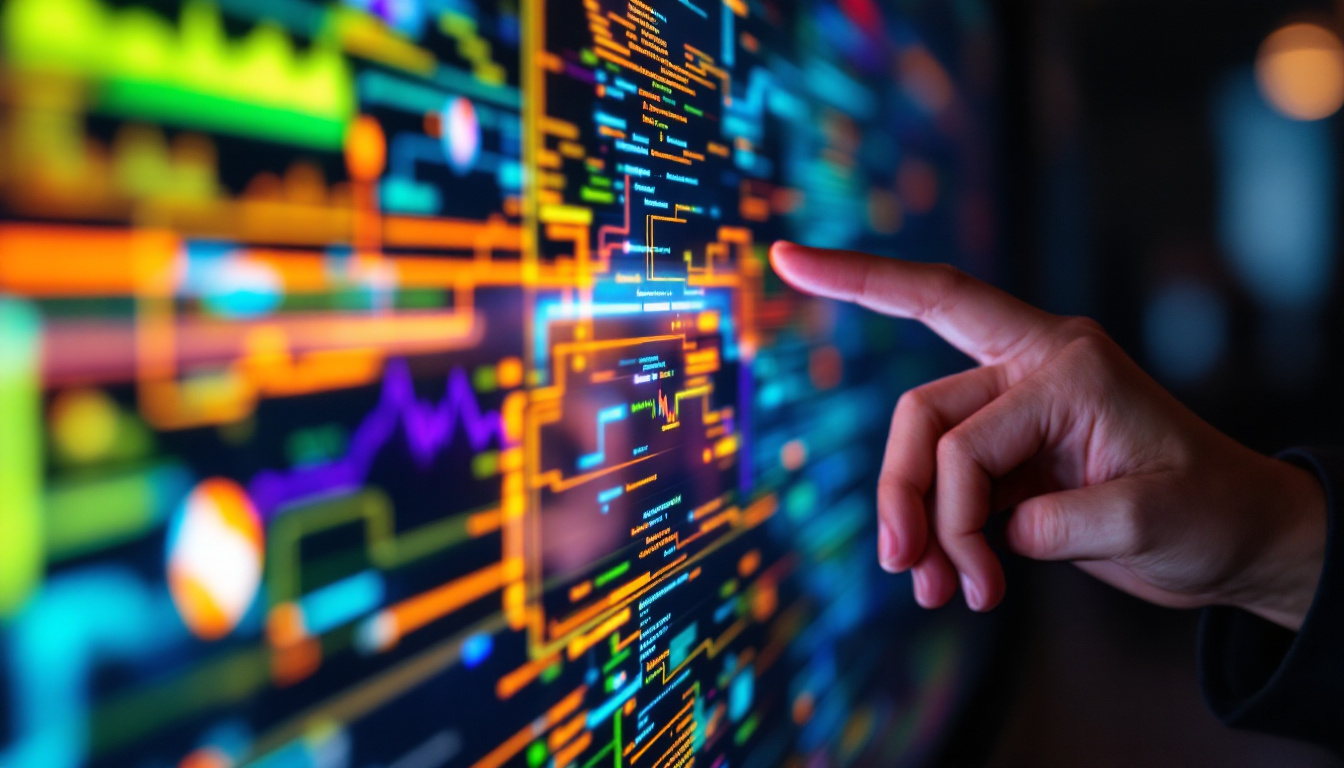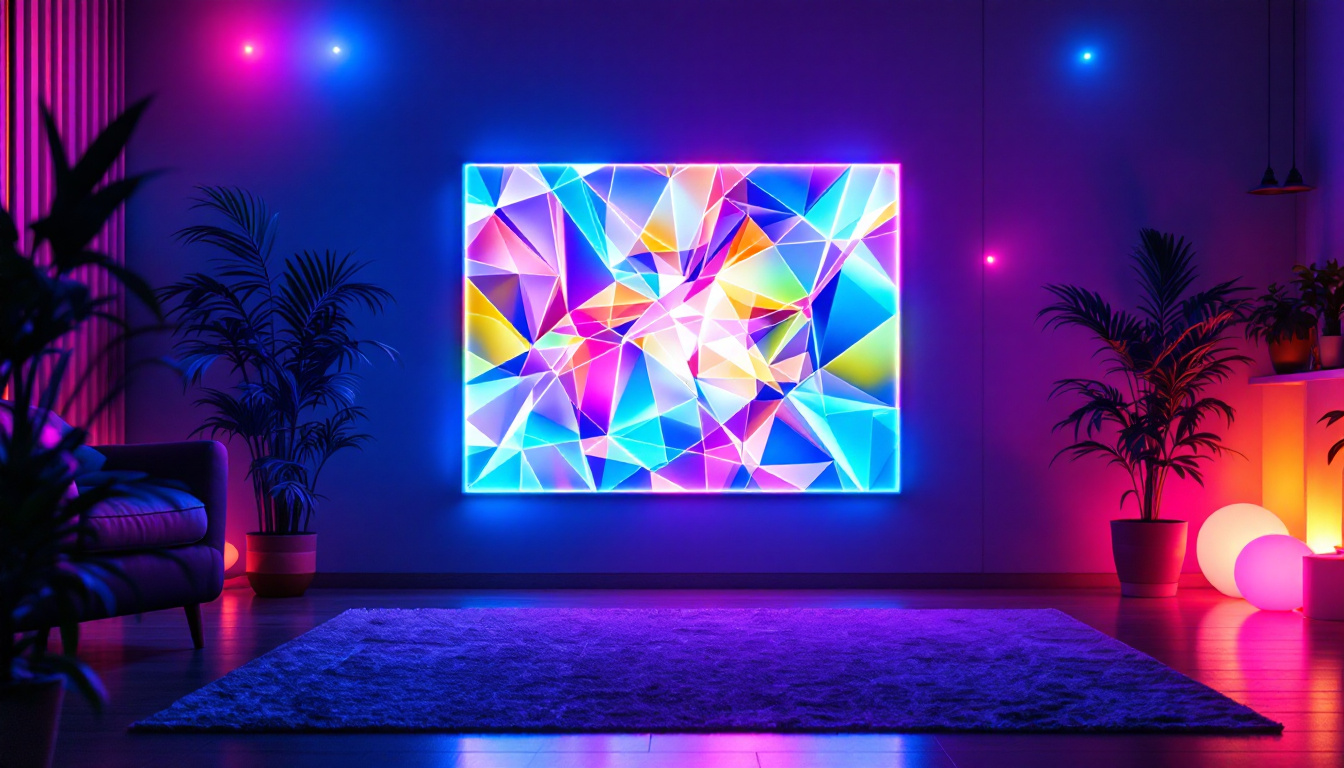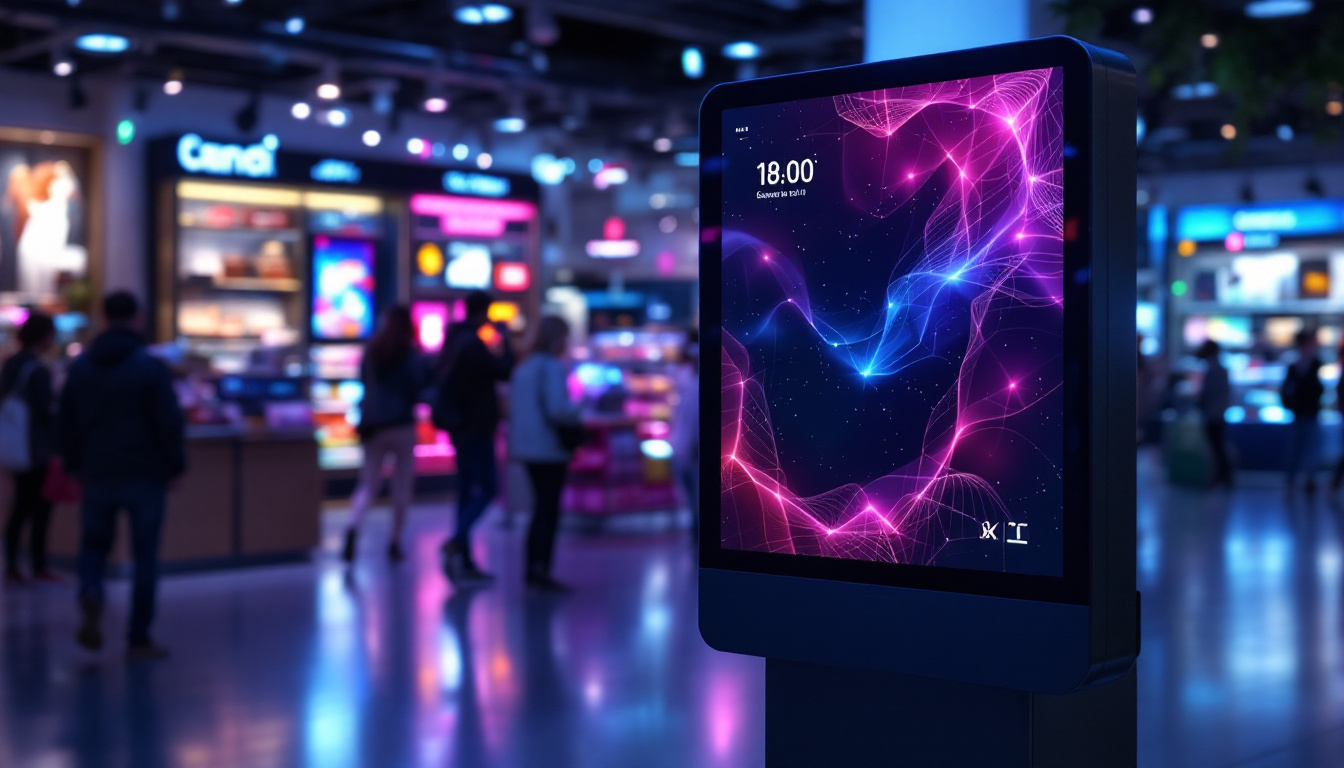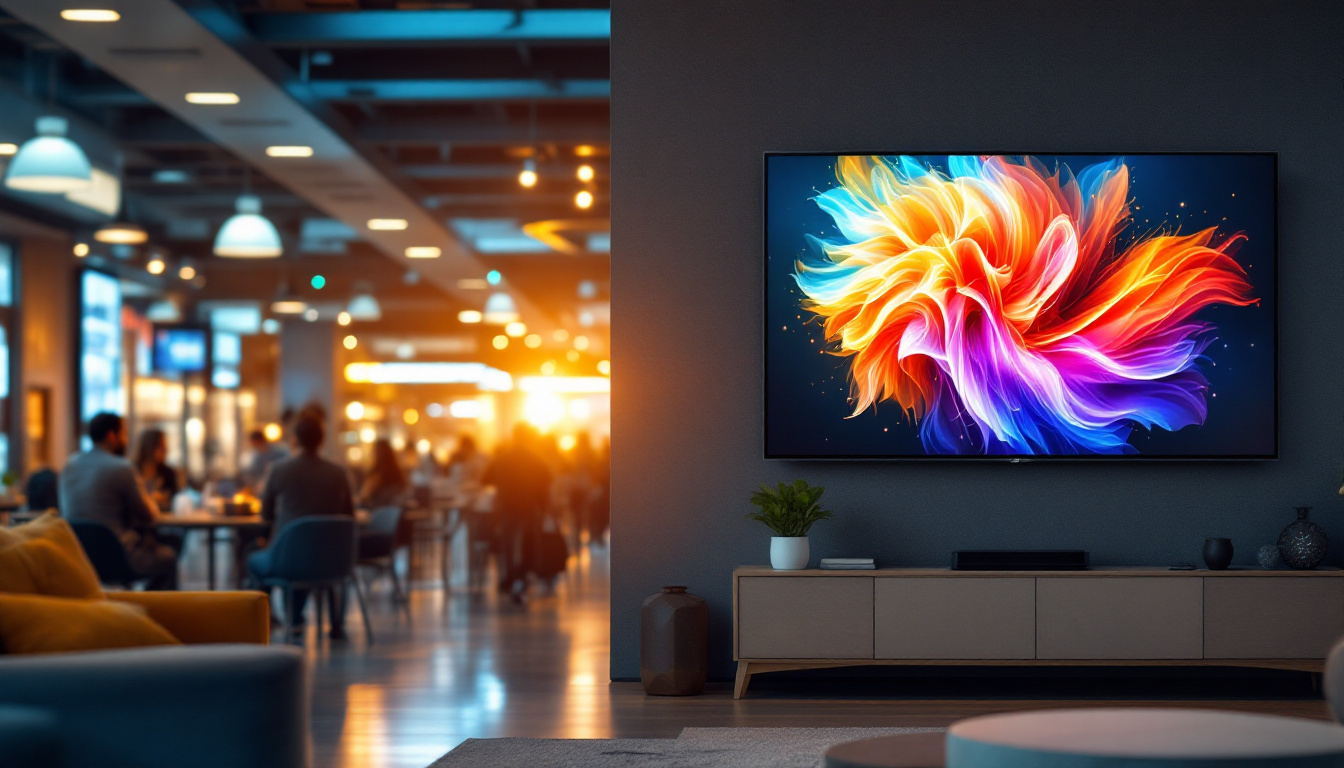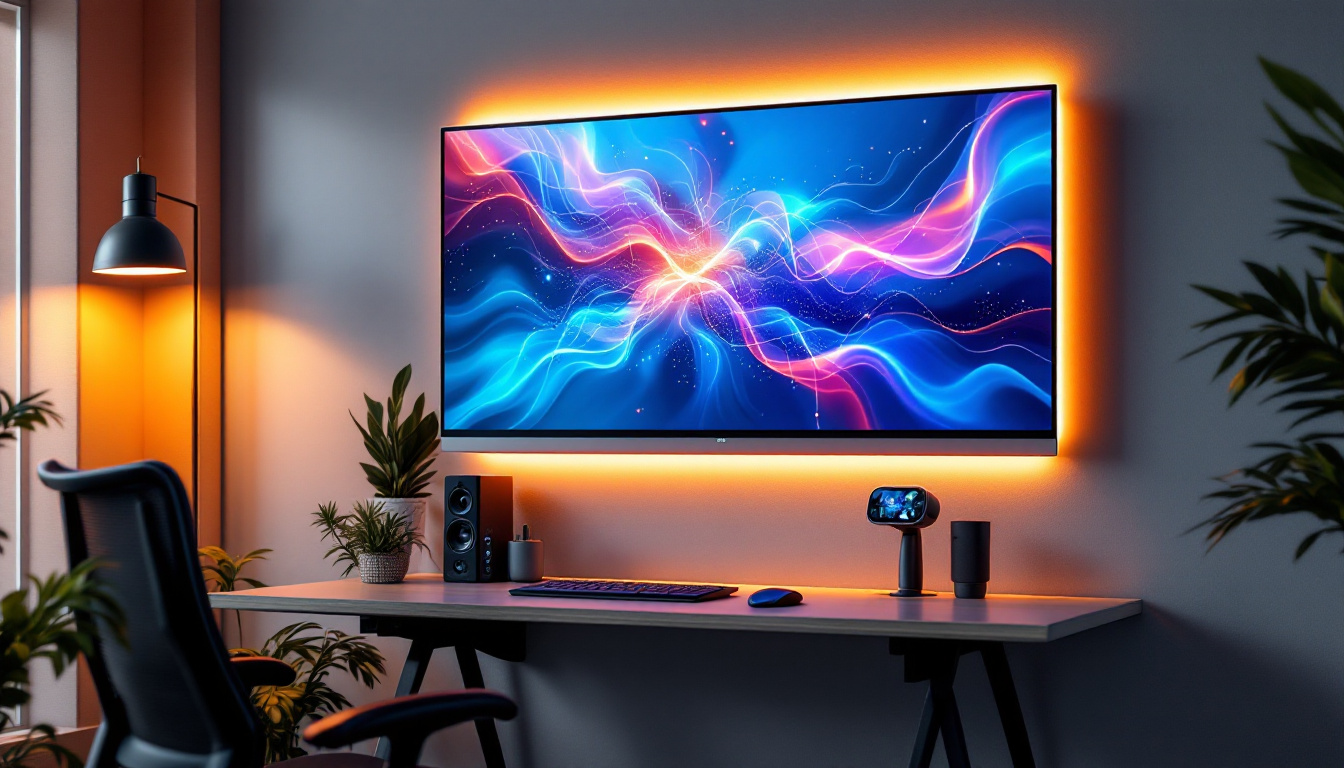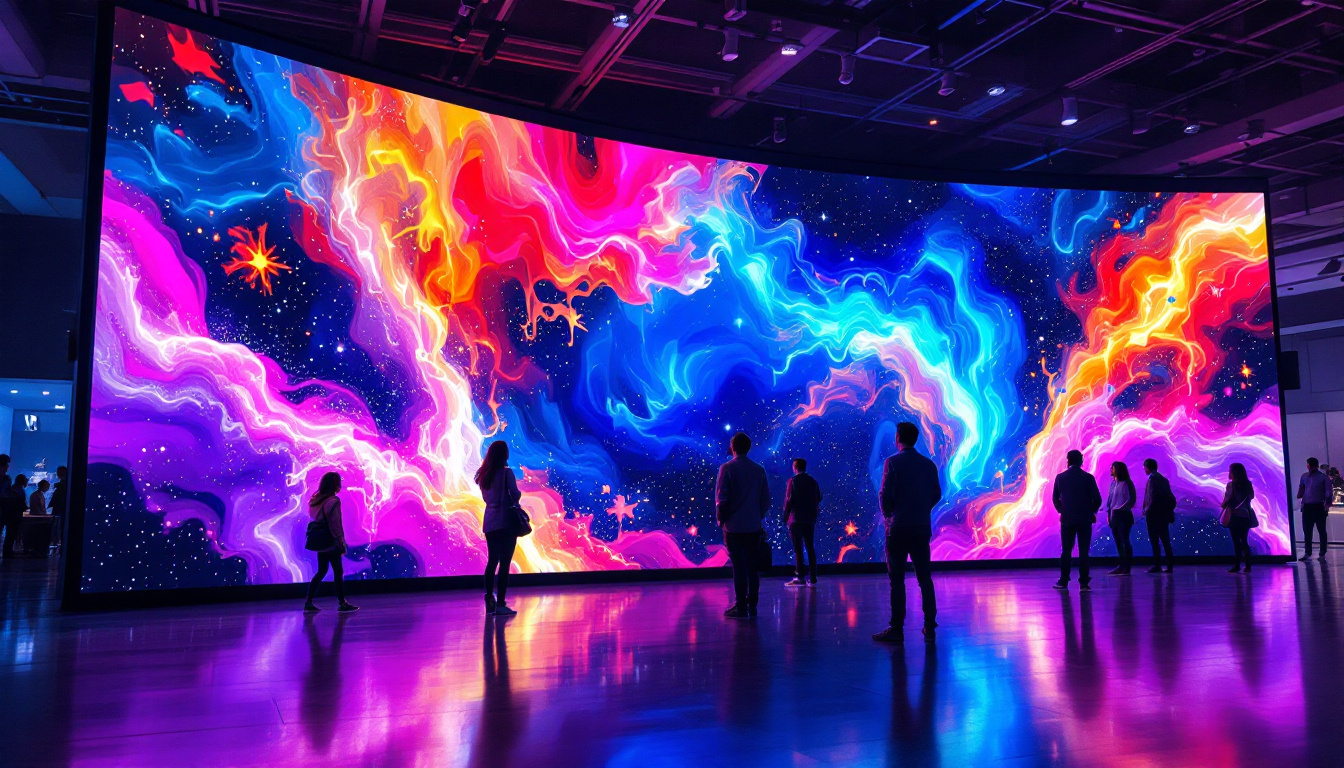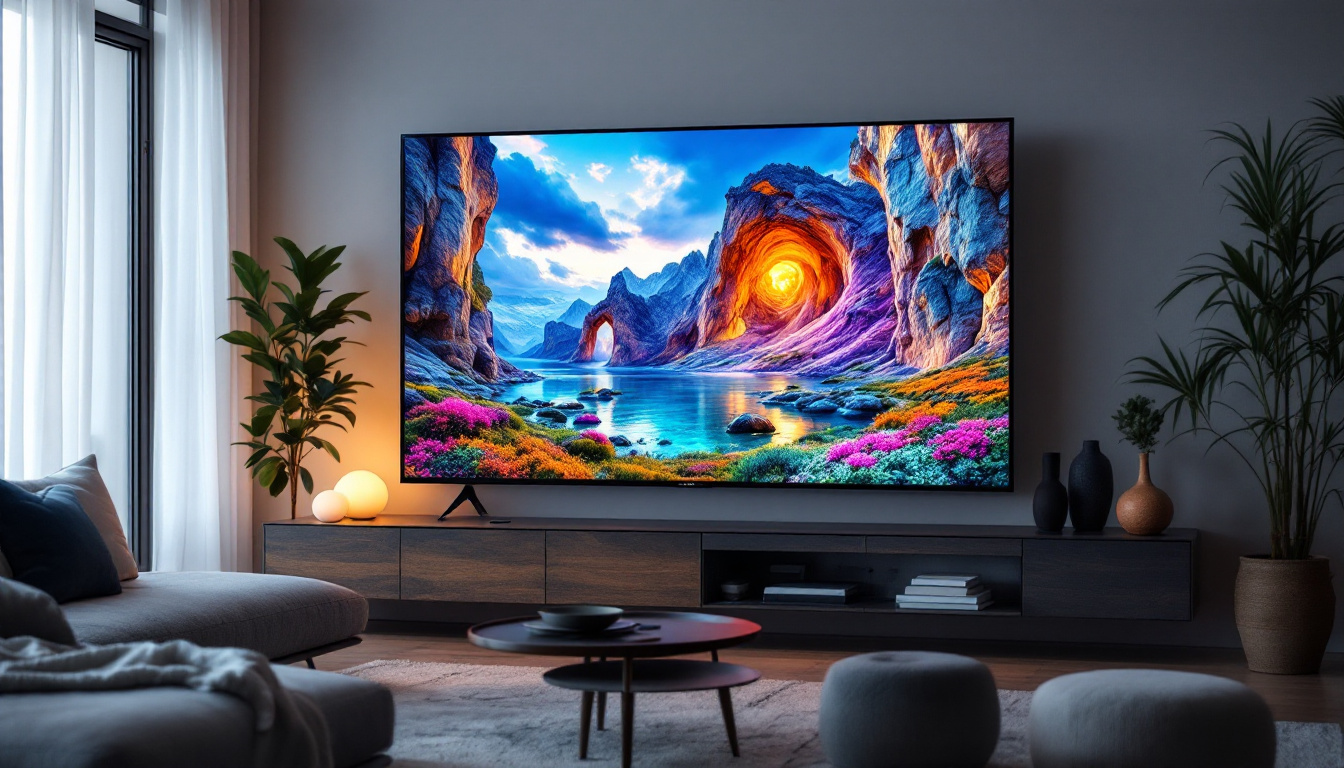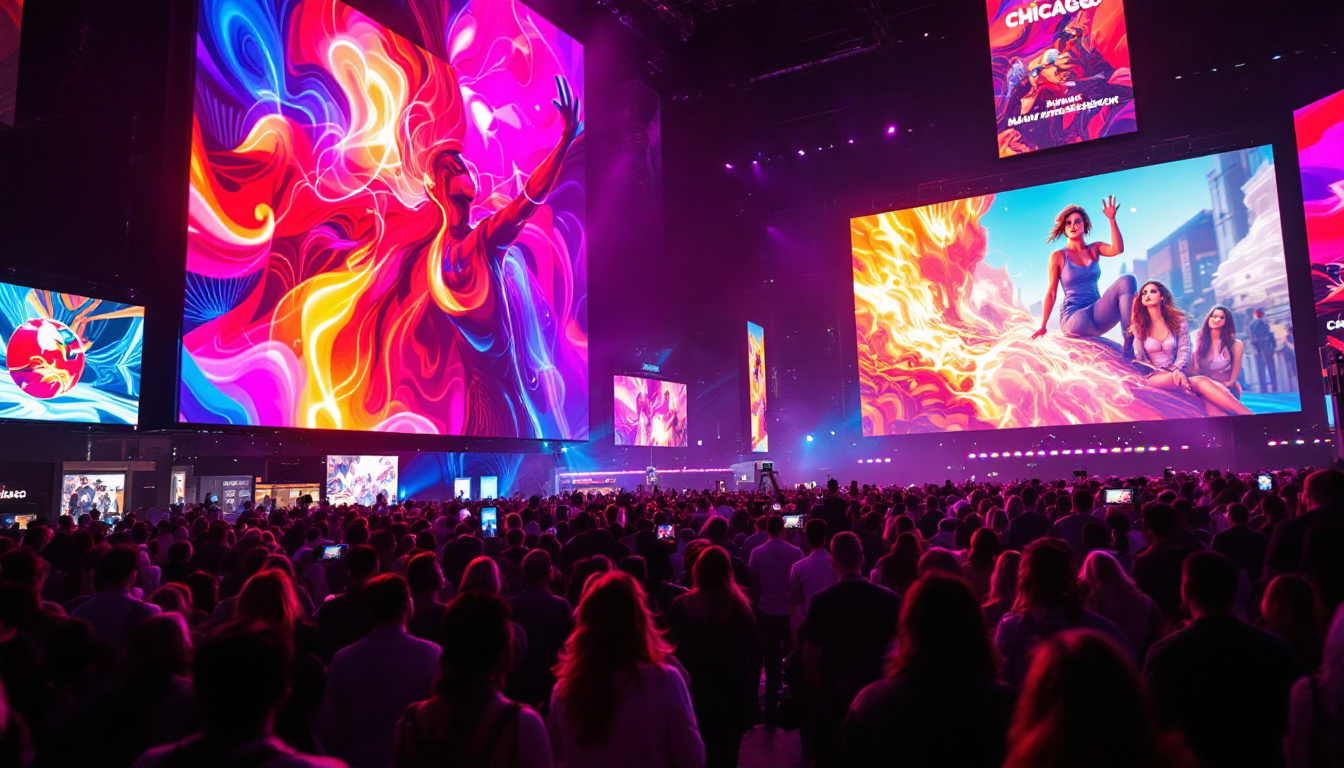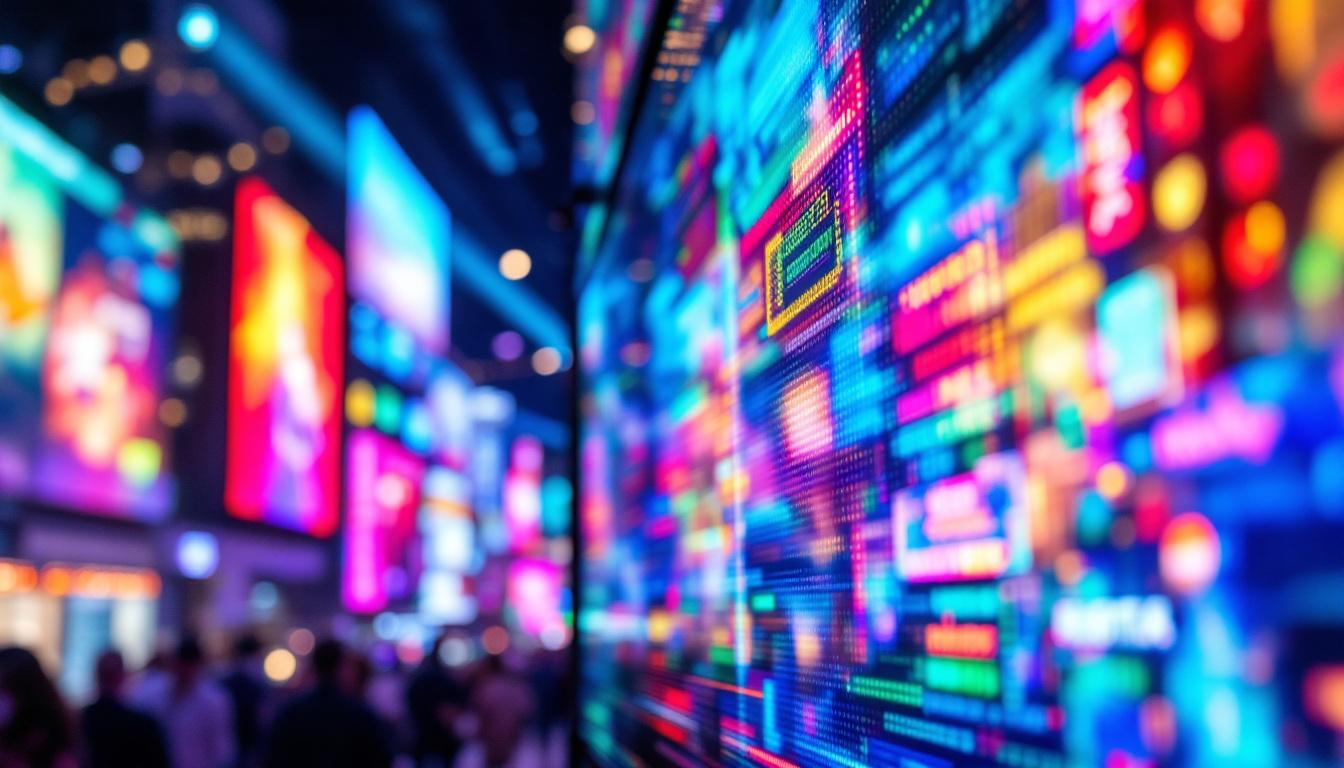In the contemporary world, LED displays have become ubiquitous, transforming how information is conveyed in various settings. From billboards to televisions, the versatility and efficiency of LED technology are reshaping visual communication. This article delves into the intricacies of LED displays, exploring how they work, their advantages, and their applications across different industries.
Understanding LED Technology
Light Emitting Diodes (LEDs) are semiconductor devices that emit light when an electric current passes through them. This technology has evolved significantly, leading to the development of LED displays that are now widely used in various applications. From streetlights to television screens, the versatility of LEDs has transformed how we perceive and interact with light in our daily lives.
The Basics of LED Operation
LEDs function based on electroluminescence, a phenomenon where a material emits light in response to an electric current. When electrons move through the semiconductor material, they recombine with electron holes, releasing energy in the form of photons. This process results in the vibrant colors and brightness associated with LED displays. The efficiency of LEDs is remarkable; they convert a higher percentage of electrical energy into visible light compared to traditional incandescent bulbs, which waste much of their energy as heat. This efficiency not only makes LEDs more environmentally friendly but also significantly reduces energy costs for consumers and businesses alike.
Types of LED Displays
There are several types of LED displays, each designed for specific applications. The most common types include:
- Direct View LED Displays: These displays are made up of individual LED modules that create images by combining different colored LEDs.
- LED Backlit Displays: Used primarily in televisions and monitors, these displays utilize LEDs to illuminate an LCD panel, enhancing brightness and color accuracy.
- Organic LED (OLED) Displays: Utilizing organic compounds, OLED displays offer superior contrast and color reproduction, making them popular in high-end televisions and smartphones.
In addition to these, there are also Full-Color LED Displays, which are increasingly used for advertising and public information systems. These displays can show dynamic content, including videos and animations, making them eye-catching and effective for communication. Furthermore, Flexible LED Displays are emerging as a revolutionary technology, allowing screens to be bent and shaped to fit unconventional spaces, paving the way for innovative design in architecture and product displays. The continuous advancements in LED technology promise even more exciting developments in the future, potentially leading to even more immersive and interactive visual experiences.
Advantages of LED Displays
LED displays offer numerous advantages over traditional display technologies, making them a preferred choice in various applications.
Energy Efficiency
One of the most significant benefits of LED technology is its energy efficiency. LED displays consume considerably less power compared to traditional incandescent or fluorescent displays. This not only reduces operational costs but also contributes to a lower carbon footprint, making them an environmentally friendly option. Furthermore, the reduced energy consumption can lead to significant savings over time, especially for large installations such as billboards or digital signage in retail environments. As businesses increasingly prioritize sustainability, the adoption of LED technology aligns perfectly with eco-conscious initiatives.
Longevity and Durability
LED displays are known for their long lifespan, often lasting up to 100,000 hours or more. This durability means less frequent replacements, which can be particularly advantageous for businesses looking to minimize maintenance costs. Additionally, LEDs are more resistant to shock and vibration, making them suitable for outdoor and industrial applications. Their robust nature ensures that they can withstand harsh weather conditions, including heavy rain, extreme temperatures, and high winds, which is essential for outdoor signage. This resilience not only extends the life of the display but also ensures consistent performance, reducing the likelihood of downtime due to equipment failure.
High-Quality Visuals
LED displays provide exceptional image quality, characterized by high brightness, contrast ratios, and vibrant colors. This capability allows for clear visibility even in bright sunlight, making them ideal for outdoor advertising and public displays. The ability to produce dynamic content further enhances their appeal, enabling real-time updates and engaging visuals. Additionally, advancements in LED technology have led to the development of finer pixel pitches, allowing for closer viewing distances without sacrificing image quality. This means that LED displays can be effectively used in a variety of settings, from large stadiums to intimate retail spaces, ensuring that audiences receive a captivating visual experience regardless of the environment.
Applications of LED Displays
The versatility of LED displays allows them to be utilized in a wide range of applications across various sectors.
Advertising and Marketing
In the advertising industry, LED displays have revolutionized how brands communicate with consumers. Digital billboards and signage can display dynamic content, allowing for real-time updates and targeted advertising. This flexibility attracts attention and can significantly increase engagement compared to static displays. Moreover, the ability to change messages frequently enables advertisers to tailor their campaigns based on time of day, seasonality, or even current events, ensuring that their content remains relevant and impactful. As a result, brands can maximize their return on investment, making LED displays an increasingly popular choice for marketers looking to stand out in a crowded marketplace.
Entertainment and Events
LED displays are a staple in the entertainment industry, used in concerts, festivals, and sporting events. Large-scale LED screens provide immersive experiences for audiences, displaying live feeds, graphics, and interactive content. Their ability to deliver high-quality visuals in various lighting conditions makes them an essential tool for event organizers. Beyond just visual appeal, these displays can also integrate with sound systems and lighting to create a cohesive atmosphere that enhances the overall experience. For instance, during a music festival, synchronized visuals on LED screens can amplify the energy of the performance, making it memorable for attendees. Furthermore, advancements in technology have led to the development of flexible and transparent LED screens, allowing for innovative stage designs that were previously unimaginable.
Transportation and Public Information
Public transportation systems increasingly rely on LED displays for real-time information dissemination. From train schedules to bus stop information, these displays enhance the passenger experience by providing timely updates. Additionally, LED screens are used in airports and stations to convey important announcements and directions. The clarity and brightness of LED technology ensure that information is easily readable, even in bright sunlight or dimly lit environments. Moreover, these displays can be programmed to show multilingual information, catering to diverse populations and improving accessibility for travelers from different backgrounds. As cities continue to grow and evolve, the integration of LED technology into public transport systems is becoming essential for efficient urban mobility.
Challenges and Considerations
Despite their numerous advantages, LED displays are not without challenges. Understanding these limitations is crucial for making informed decisions regarding their use.
Initial Costs
While LED displays offer long-term savings through energy efficiency and durability, the initial investment can be substantial. Businesses must weigh the upfront costs against potential savings and benefits over time. For smaller enterprises, this can be a significant consideration when deciding to adopt LED technology. Additionally, the rapid pace of technological advancement means that the latest models often come with premium pricing, which can further complicate budgeting decisions. Companies must also consider the potential need for ancillary equipment, such as advanced controllers and software, which can add to the overall financial commitment.
Technical Expertise
Implementing and maintaining LED displays may require specialized knowledge. Businesses might need to invest in training or hire experts to ensure optimal performance and troubleshooting. This requirement can pose a barrier for some organizations, particularly those with limited technical resources. Furthermore, as technology evolves, keeping up with the latest advancements and software updates can be an ongoing challenge. Regular training sessions and workshops may be necessary to ensure that staff are proficient in operating and maintaining these sophisticated systems, which can lead to additional costs and time commitments.
Environmental Considerations
Although LED technology is generally more eco-friendly than traditional lighting solutions, the production and disposal of LED displays can still have environmental impacts. It is essential to consider sustainable practices in sourcing materials and recycling old displays to mitigate these effects. Moreover, the mining of rare earth materials used in LED production raises concerns about ecological degradation and resource depletion. Companies are increasingly being held accountable for their environmental footprint, prompting a shift towards more sustainable sourcing and manufacturing practices. This shift not only benefits the planet but can also enhance a brand’s reputation among eco-conscious consumers, making it a critical aspect of modern business strategy.
The Future of LED Displays
The future of LED displays looks promising, with ongoing advancements in technology and applications. Innovations are continually emerging, pushing the boundaries of what is possible with LED technology.
Smart LED Displays
The integration of smart technology into LED displays is transforming how they are used. Smart displays can connect to the internet, allowing for remote management, data analytics, and personalized content delivery. This capability enhances the effectiveness of advertising and information dissemination, making displays more interactive and engaging.
Flexible and Transparent Displays
Emerging technologies are paving the way for flexible and transparent LED displays. These innovations open up new possibilities for design and application, enabling displays to be integrated seamlessly into various environments. From architectural features to wearable technology, the potential applications are vast.
Enhanced Color and Resolution
As technology advances, LED displays are achieving higher resolutions and improved color accuracy. This enhancement is particularly beneficial for applications requiring detailed visuals, such as medical imaging and high-end entertainment. The continued pursuit of better performance will likely drive further adoption across diverse sectors.
Conclusion
LED displays have undoubtedly transformed the landscape of visual communication. Their energy efficiency, longevity, and high-quality visuals make them an attractive option for a multitude of applications. While challenges exist, the benefits often outweigh the drawbacks, particularly as technology continues to evolve.
As industries increasingly embrace digital transformation, LED displays will play a pivotal role in shaping the future of advertising, entertainment, and information dissemination. Understanding the intricacies of this technology is essential for businesses and organizations looking to leverage its full potential.
In conclusion, the journey of LED displays is just beginning, and their impact on how we communicate visually will only grow stronger in the years to come.
Explore Cutting-Edge LED Display Solutions with LumenMatrix
As the world of visual communication continues to evolve, LumenMatrix stands at the forefront, offering a diverse range of LED display solutions tailored to meet the demands of modern businesses. From Indoor and Outdoor LED Wall Displays to innovative options like Vehicle LED Displays, LED Posters, and even Custom LED solutions, LumenMatrix is committed to enhancing your brand’s visibility and creating immersive visual experiences. Whether you’re looking to captivate audiences in retail, sports, or any other industry, our mission is to empower your message with unparalleled clarity and impact. Ready to transform your visual communication strategy? Check out LumenMatrix LED Display Solutions and join the digital signage revolution.

